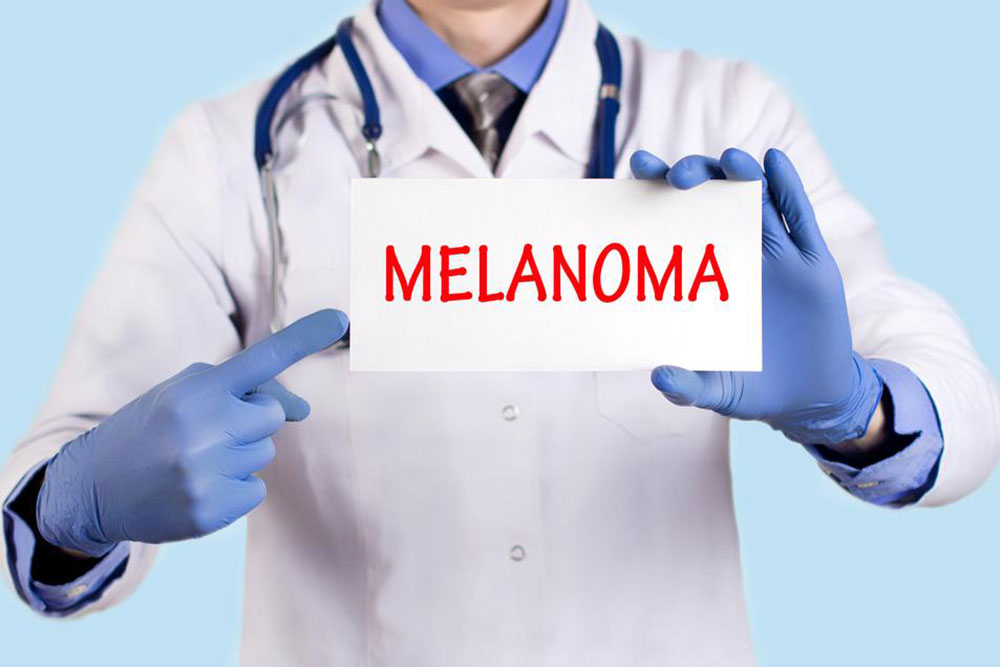Comprehensive Guide to Metastatic Melanoma: Causes, Symptoms, and Treatment
This comprehensive guide dives deep into metastatic melanoma, covering causes, symptoms, risk factors, and advanced treatment options. Early detection and prevention are emphasized to improve patient outcomes. Learn about the latest therapies and advice on sun safety to combat this aggressive skin cancer effectively.

Comprehensive Guide to Metastatic Melanoma: Causes, Symptoms, and Treatment
Metastatic melanoma, a highly aggressive form of skin cancer, poses serious health risks due to its potential to spread rapidly from its original site to other parts of the body. The term "metastatic" specifically refers to the process whereby cancer cells break away from the primary tumor, travel through the lymphatic system or bloodstream, and establish secondary tumors in distant organs. Understanding the mechanisms behind metastasis, along with identifying symptoms early, are crucial steps in managing and treating this formidable disease.
Melanoma is a type of skin cancer that originates from melanocytes, the pigment-producing cells located in the skin's deepest layer. When melanoma becomes advanced, classified as Stage IV, it exhibits a tendency to invade nearby tissues and metastasize to vital organs, including the brain, lungs, liver, and bones. This stage significantly worsens the prognosis and complicates treatment options.
Early detection of melanoma is vital, yet challenging, because initial signs can be subtle and often resemble benign skin changes. Changes in skin pigmentation, such as evolving moles, dark patches, or discoloration, may not be immediately obvious or may be dismissed as harmless skin variations. Consequently, regular skin examinations and awareness of warning signs are essential for early diagnosis.
One of the most significant risk factors for developing melanoma is exposure to ultraviolet (UV) radiation from the sun or artificial tanning sources such as tanning beds. UV rays damage the DNA within skin cells, impairing their ability to regulate growth and division, which can lead to the formation of abnormal, uncontrolled cell proliferation. The risks are amplified with prolonged or intense UV exposure during outdoor activities or indoor tanning sessions.
Interestingly, melanoma can also occur in areas where UV exposure is minimal or absent. Typical sites include the palms of the hands, soles of the feet, inner thighs, genital regions, and the chest or back. These cases often have a different genetic profile, highlighting the influence of other factors beyond UV exposure, such as genetic predisposition, chemical exposures, or immune system factors.
Recognizing symptoms early is critical. Patients should seek medical attention if they notice any of the following: hardened lumps, irregular bleeding from moles, persistent itching, sudden changes in skin color or texture, or the appearance of new or changing pigmented lesions. Neurological symptoms such as headaches, vision disturbances, or weakness could indicate spread to the brain. Prompt diagnosis through biopsy and imaging is essential for effective treatment planning.
Advancements in medical science have led to the development of targeted therapies and immunotherapies, significantly improving survival rates for metastatic melanoma. Treatments such as checkpoint inhibitors (e.g., pembrolizumab, nivolumab) and BRAF inhibitors have revolutionized the management of advanced disease. Surgical removal, radiation therapy, and clinical trials also play vital roles in comprehensive care.
Preventative measures include practicing sun safety by applying broad-spectrum sunscreen, wearing protective clothing, avoiding peak UV hours, and avoiding tanning beds. Regular skin checks, both self-examinations and professional screenings, are essential for early detection. Awareness campaigns and education about the signs of melanoma can empower individuals to seek timely medical intervention, which is crucial for improving outcomes.
In summary, metastatic melanoma remains a serious health challenge due to its ability to spread rapidly and affect vital organs. While advances in diagnosis and treatment have improved patient prognosis, early detection remains the cornerstone of effective management. Maintaining awareness of risk factors, recognizing early warning signs, and seeking prompt medical care can save lives and improve quality of life for those affected by this aggressive cancer.





